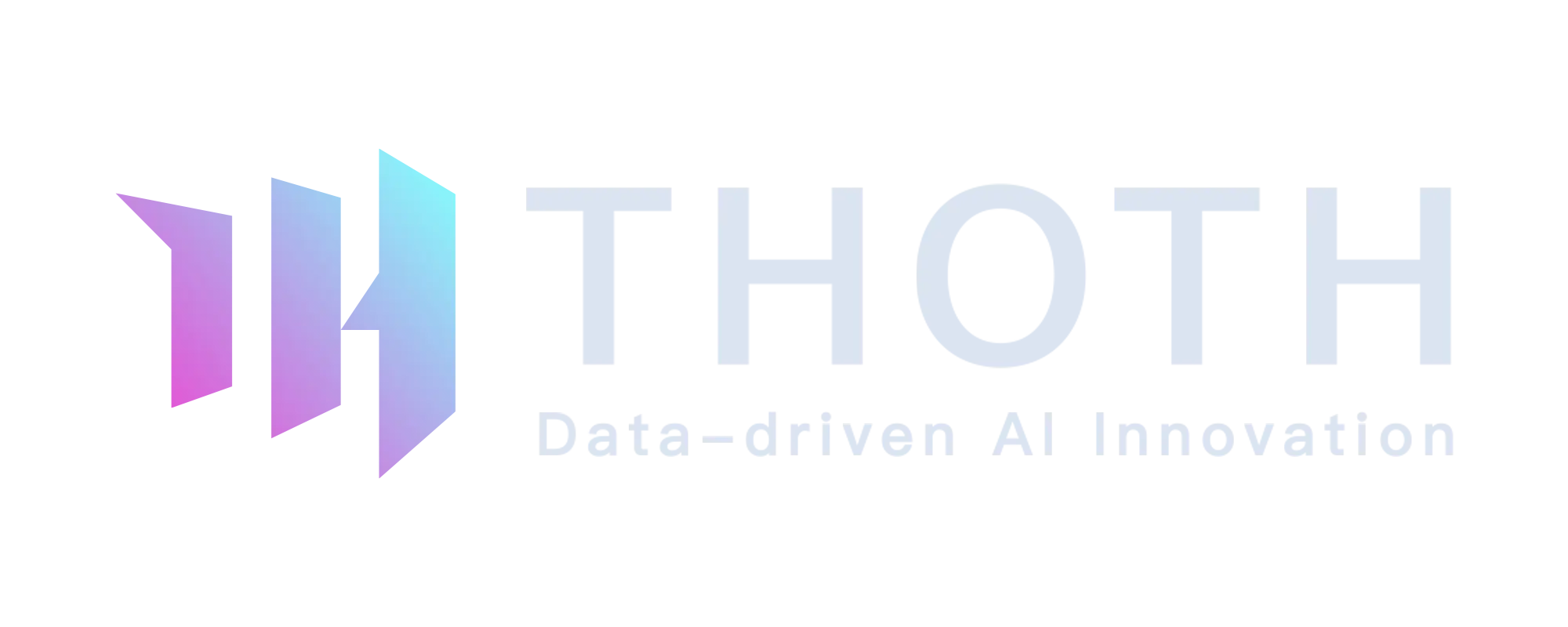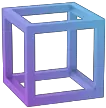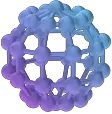Unleashing Creativity with Generative AI: Applications and Innovations
In the field of artificial intelligence, generative AI is becoming a major force that is changing the limits of creation in many fields. In this more advanced type of AI, neural networks are used to make new material automatically, such as vivid artworks, new musical compositions, and more. As Generative AI keeps getting better, it not only makes people smarter, but it also changes the way art, music, writing, and design are usually made.
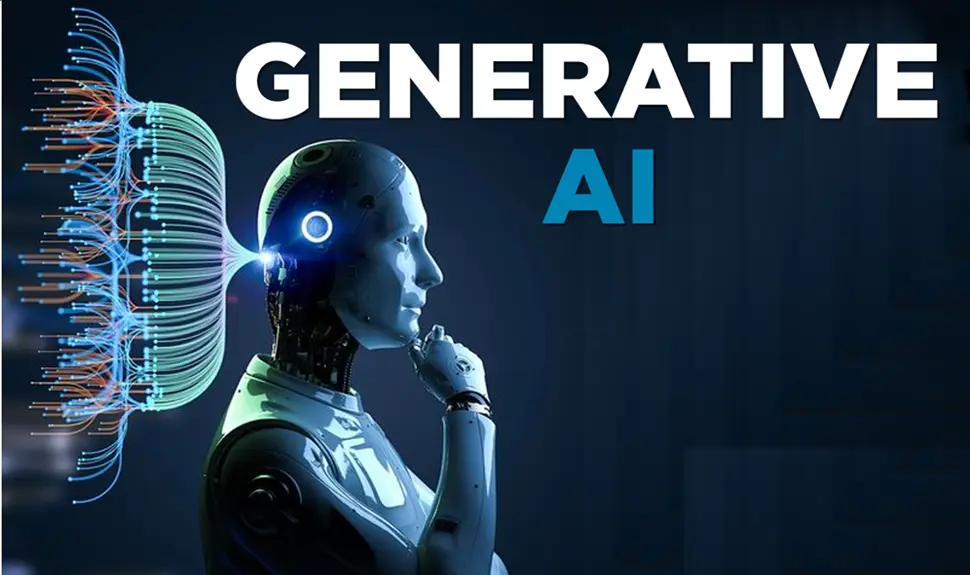
Understanding Generative AI
Generative AI is a group of artificial intelligence technologies that can create new material on their own, like text, images, and music, by learning from a huge amount of data that already exists. It is on the cutting edge of AI development and makes tools that can not only study but also make things. The process is mostly controlled by neural networks, a type of machine learning model that is meant to copy the structure and function of the human brain. These networks can learn from big sets of data to make results that look like they were made by humans. For example, a generative AI model can start to make beautiful, unique works of art that use styles and features it has learned by studying thousands of paintings.
Generative AI in Visual Arts and Music
Generative AI is changing the creative world in big ways, especially in the visual arts and music. Visual artists can explore new levels of creativity with tools like OpenAI’s DALL-E, which can make unique works of art from simple text descriptions. This mixing of art and technology not only improves artistic expression but also makes it easier to make more visual material.
In the same way, AI applications like AIVA (Artificial Intelligence Virtual Artist) are changing the way music is made in the music business. AIVA writes new scores by learning from a huge database of current music. This gives musicians and composers a new way to be creative, which they are starting to use more and more. These new ideas show how Generative AI can be used in more and more situations, showing how it can improve and expand artistic activities.
Generative AI in Writing and Beyond
Generative AI is changing the way writing and content creation are done by showing how it can be used to automate and improve the creation of marketing copy and creative content. Using tools like OpenAI’s GPT models, marketers and writers can quickly come up with new and relevant content, which speeds up the creative process. In addition to these uses, generative AI is also making progress in games and design.
AI is used in architecture to create new buildings by simulating different design scenarios. In games, it creates dynamic environments and character actions that make the games more realistic and interactive. All of these different uses show how flexible and useful AI can be in many different areas.
Challenges and Ethical Considerations
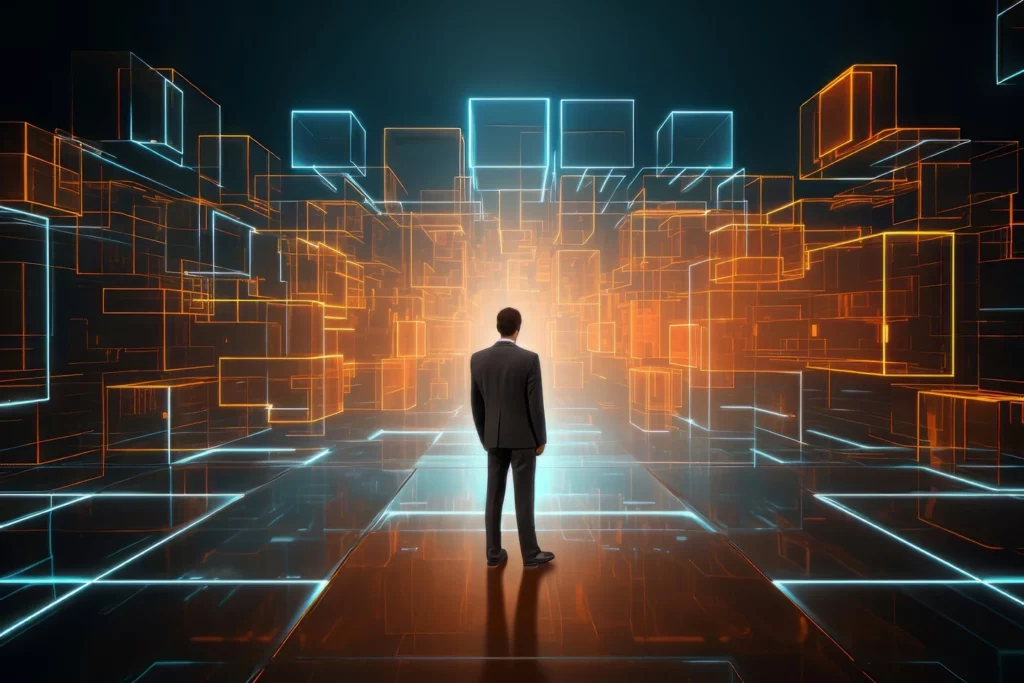
Even though the progress is exciting, using generative AI brings up a lot of important social questions. As it gets harder to tell the difference between content made by humans and content made by AI, one of the main problems is the threat to creativity and intellectual property rights. This merging of lines makes people wonder about the realness and ownership of works made by AI.
Also, AI outputs may be biased because they are based on the data it was taught on, which can reinforce biases if they are not carefully managed. To make sure that generative AI technologies are used responsibly, these problems show how important it is to have strict moral standards and strong governance systems.
Conclusion
Generative AI is at the forefront of a creative revolution because it gives people tools that make their imagination stronger and more widespread in many areas. As its impact on music, art, and content creation grows, it becomes clearer how important it is to understand its ethical effects. By keeping up with and taking action on the newest developments in AI and how it can be used, we can properly use Generative AI to its fullest.
With this wave of technological progress, not only we can encourage creation, but we also can deal with the important problems it brings up. This will pave the way for a future where technology and creativity work together without any problems.

